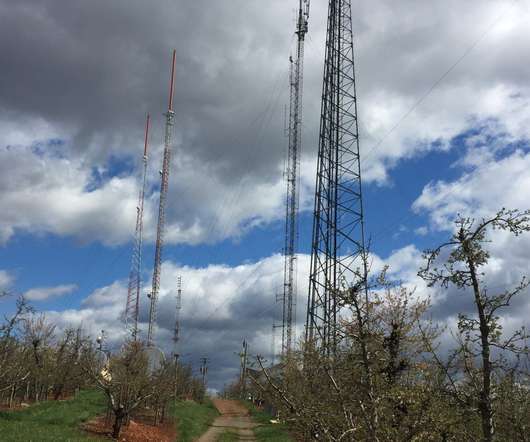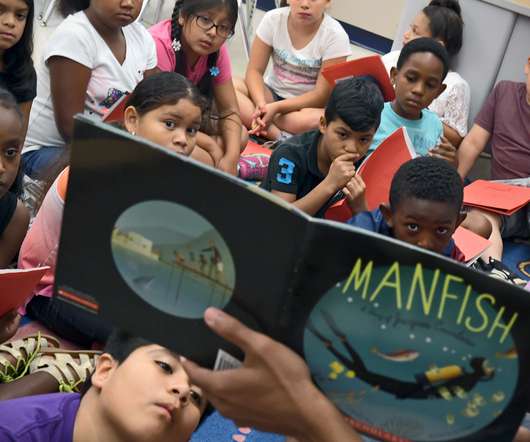Digital divide: Gap is narrowing, but how will schools maintain progress?
The Hechinger Report
AUGUST 25, 2021
“My goal for this year is to see how I’ll make [digital tools] effective in the classroom.”. Nationwide, significant progress has been made since March 2020 on closing the digital divide – the chasm between those K-12 learners who have access to reliable internet and computing devices at home and those who don’t.




























Let's personalize your content